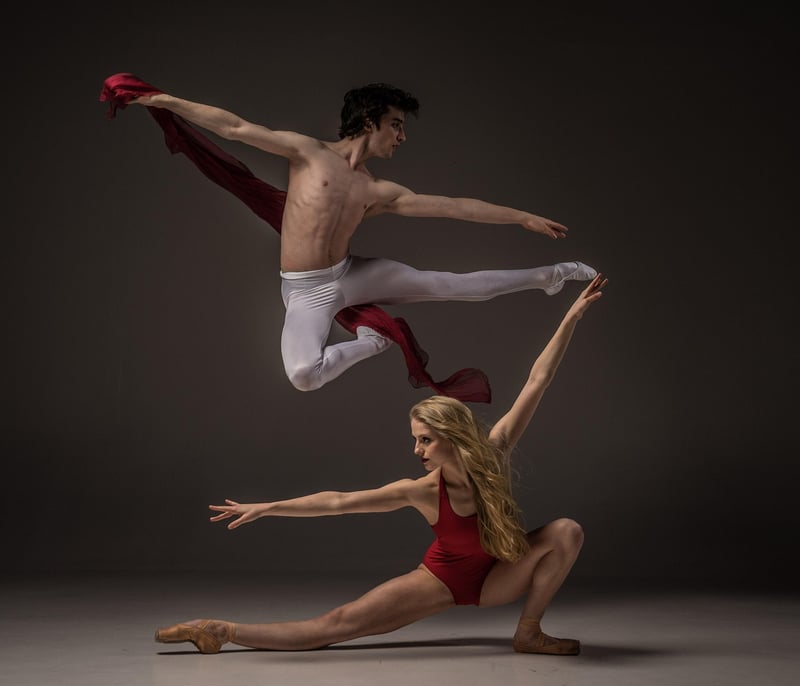Rhythmic Flow
The Power of Healing through Dance and Rhythmic Flow
Dance has been an integral part of human culture and expression for centuries, with its ability to uplift spirits, tell stories, and convey emotions without words. Beyond its entertainment value, dance also has a profound impact on our mental, emotional, and physical well-being. When combined with rhythmic flow, dance becomes a powerful tool for healing and self-expression.
The Therapeutic Benefits of Dance
Engaging in dance can have a range of therapeutic benefits for individuals of all ages and backgrounds. Some of the key advantages include:
- Stress Relief: Dancing can help reduce stress levels by allowing individuals to release tension and express their emotions through movement.
- Physical Fitness: Dance is a fun and effective way to stay active, improve cardiovascular health, flexibility, and muscle tone.
- Emotional Release: Moving to music can be a cathartic experience, enabling individuals to process and release pent-up emotions.
- Boosted Mood: The release of endorphins during dance can elevate mood and promote a sense of well-being.
- Social Connection: Dance provides an opportunity for social interaction, fostering connections and a sense of community.
Rhythmic Flow and Healing
Rhythmic flow refers to the seamless and fluid movement that occurs when individuals are in sync with the music and the beat. This state of flow enhances the therapeutic benefits of dance by deepening the mind-body connection and promoting a sense of harmony and balance.
When individuals achieve rhythmic flow during dance, they experience a sense of being present in the moment, free from distractions or worries. This meditative state can have a calming effect on the mind and body, reducing anxiety and promoting relaxation.
Embracing Dance for Healing
To fully embrace the healing power of dance and rhythmic flow, consider the following tips:
- Choose Music Wisely: Select music that resonates with you and evokes the emotions you wish to express.
- Move Freely: Allow yourself to move without judgment or self-consciousness, focusing on the sensations and emotions that arise.
- Breathe Mindfully: Remember to breathe deeply and rhythmically, syncing your breath with your movements.
- Practice Regularly: Make dance a regular part of your routine to reap the full benefits of its healing potential.
Embracing dance and rhythmic flow as a form of healing can transform your relationship with your body, mind, and emotions. Whether you dance alone in your room or join a group class, allow yourself to surrender to the music and let it guide you on a journey of self-discovery and healing.

Let the transformative power of dance and rhythmic flow enrich your life and lead you on a path of healing and self-discovery.
References: Psychology Today, Harvard Health
